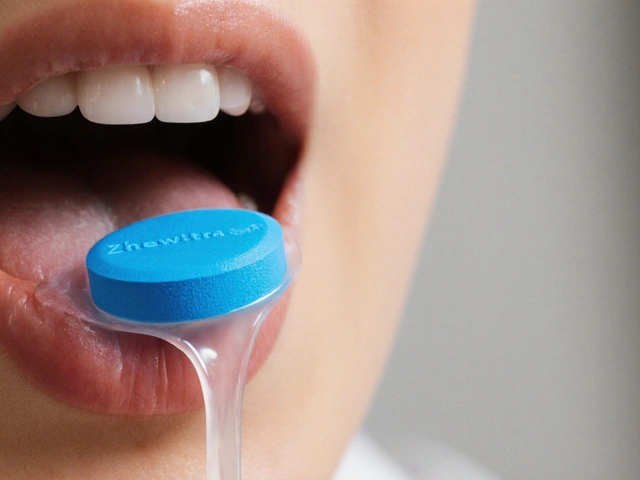Unisom Basics – What It Is and How It Helps You Sleep
If you’ve tossed and turned all night, chances are you’ve heard of Unisom. It’s an over‑the‑counter sleep aid that contains diphenhydramine, the same antihistamine found in many allergy meds. The drug works by blocking histamine receptors in your brain, which calms down the nervous system and makes it easier to drift off.
Most people reach for Unisom when they need a short‑term nudge toward sleep—think of a big exam, jet lag, or a noisy night shift. It’s not meant for chronic insomnia; using it nightly can lead to tolerance, meaning you’ll need more to get the same effect, and that’s a no‑go.
How to Take Unisom Safely
The standard adult dose is one 25 mg tablet taken about 30 minutes before bedtime. If you’re over 65, it’s safer to start with half a tablet because older adults are more sensitive to drowsiness and dizziness.
Never mix Unisom with alcohol or other sedatives—your reaction can become dangerously strong. Also, avoid driving or operating heavy machinery after taking it; the sleepy feeling can linger for several hours.
Common Side Effects and When to Seek Help
Typical side effects include dry mouth, blurry vision, and a slightly groggy morning. If you notice a rapid heartbeat, severe confusion, or an allergic rash, stop using it and call your doctor right away.
Because diphenhydramine can worsen glaucoma, prostate issues, or urinary retention, anyone with those conditions should check with a healthcare professional before trying Unisom.
Overall, Unisom works well for occasional sleeplessness when you follow the label and keep an eye on how your body reacts. Stick to short‑term use and pair it with good sleep hygiene—dark room, cool temperature, and limiting screen time—for the best results.
Unisom: Sleep Aid Facts, Tips, and Safe Use Guide
Discover what Unisom is, how it works, who should use it, safety advice, side effects, and practical tips for better sleep.






